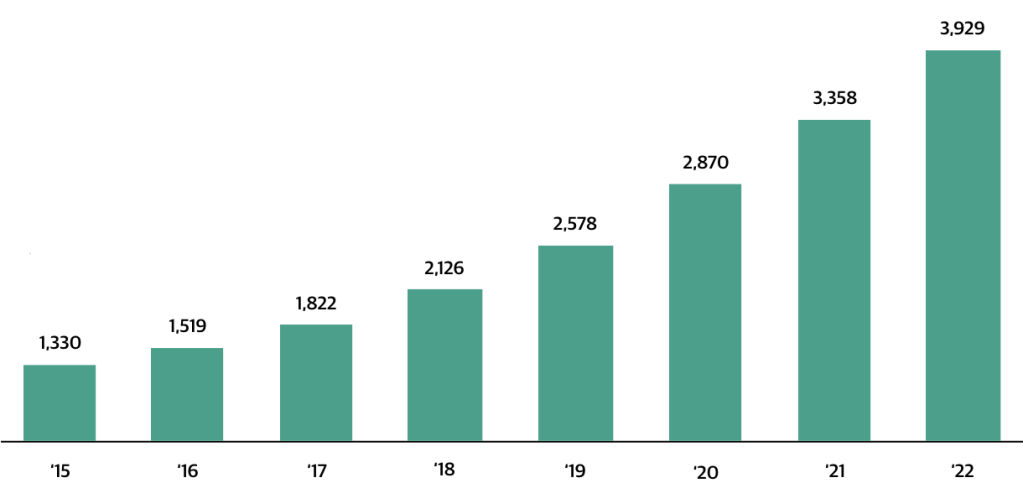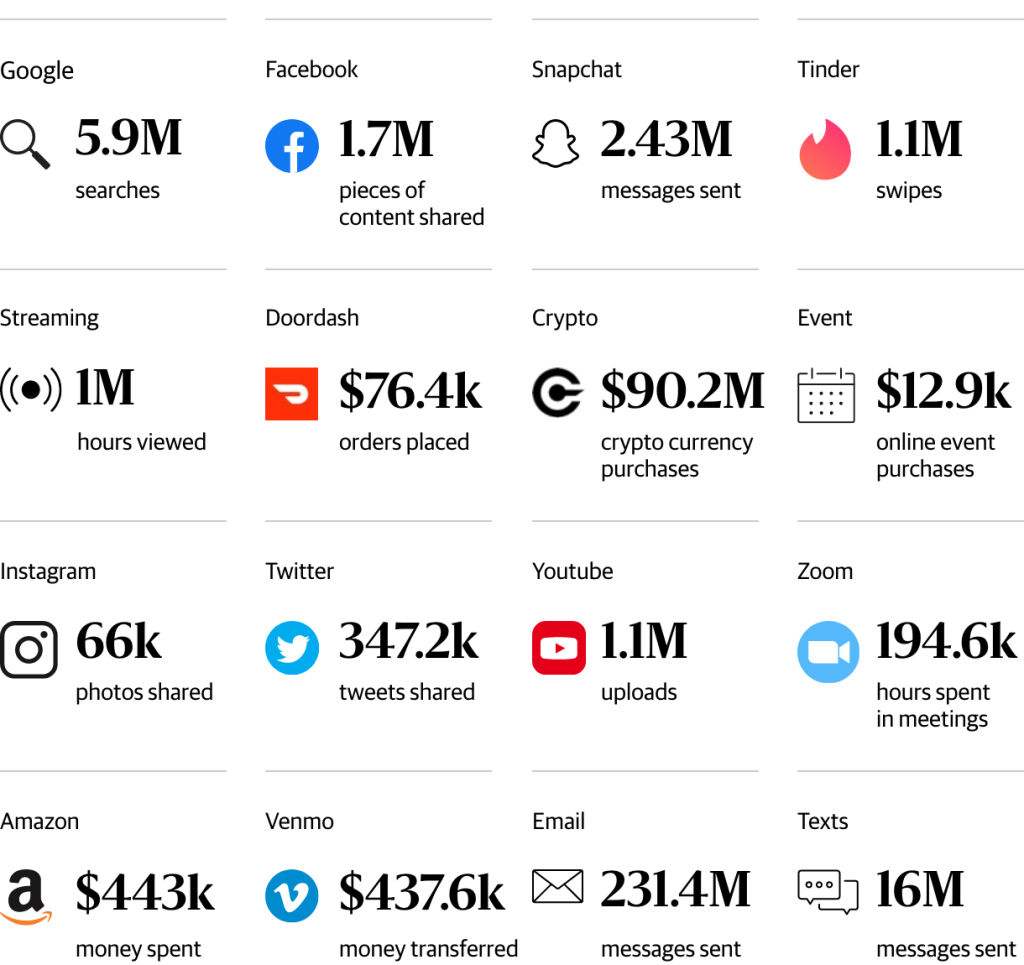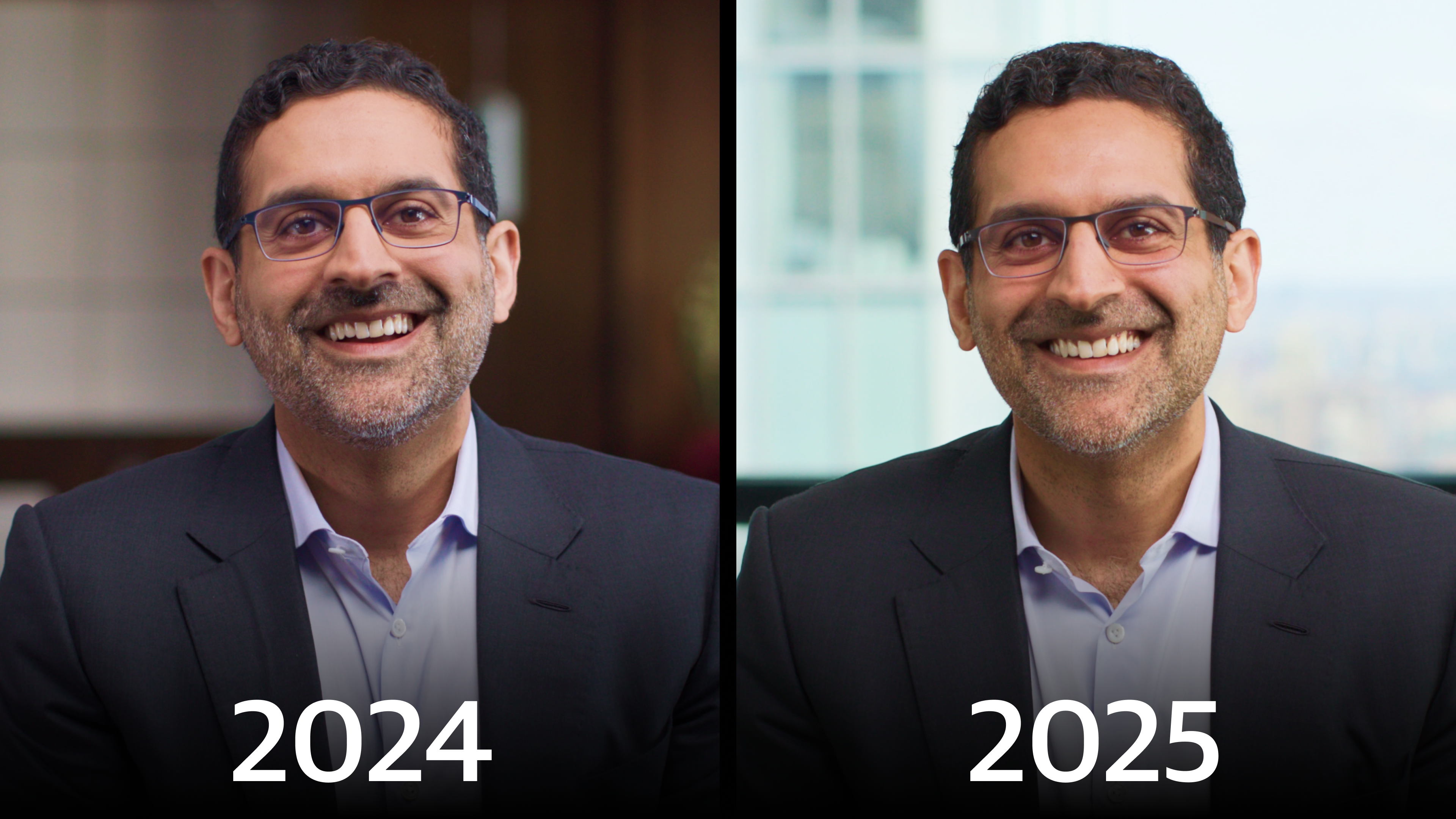Bubble speculation is something of a sport in Wall Street circles. After all, to be first in identifying any form of excess can be wildly profitable. Being the next Jeremy Grantham, often acknowledged for predicting the 1999 tech bubble, or Michael Burry, he of the housing bubble prophecy in 2007 that earned him recognition in books and film, has significant appeal. But their accurate predictions are clear exceptions in bubble speculation history. So, when I see more and more reports questioning whether there’s a generative AI bubble, I view them with a skeptical eye.
When analyzing a sector for potential excess in the market, we have to look at its foundation, deeper than recent performance and hype. AI’s foundation is data and the infrastructure required to use it, which is one reason that leads me to believe that this isn’t a bubble. It’s a developing long-term growth opportunity across a potentially transformative technology value chain.
It’s early days of AI’s growth story At Blackstone, we recently assembled a network of chief technology officers to discuss, among other topics, AI’s impact and its potential. A common observation from these CTOs is that many companies are in the research phase with AI and have yet to fully exploit its capabilities for productivity. I believe these discussions leave little doubt that generative AI will bring about monumental transformations, but it will do so in ways that we cannot yet fully understand.
Where we are currently is the beginning of businesses and the wider economy integrating AI. With as many, if not more, questions than answers currently, what we can do is look to identify the dynamics that figure to be integral to AI’s implementation and growth trajectory.

 Source: CBRE Research, CBRE Data Center Solutions, H2 2022
Source: CBRE Research, CBRE Data Center Solutions, H2 2022



